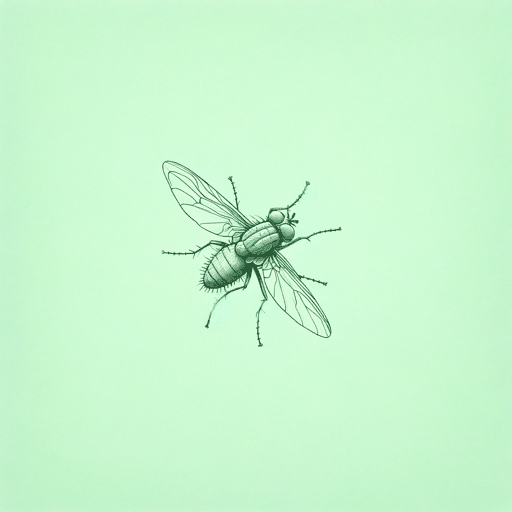18 pages • 36 minutes read
Karl ShapiroThe Fly
Fiction | Poem | Adult | Published in 2003A modern alternative to SparkNotes and CliffsNotes, SuperSummary offers high-quality Study Guides with detailed chapter summaries and analysis of major themes, characters, and more.
Background
Historical Context
Though Shapiro likely drafted “The Fly” before the United States declared war on Japan in December 1941, World War II informs many of the poem’s themes surrounding conflict and individual duty. World War II began in Europe around September 1, 1939, after a number of hostile invasions by Nazi Germany. Much of the Third Reich’s rhetoric and justification for the war surrounded ideas of purity and corruption of the German people. In particular, people of Jewish ancestry, Black people, Romanies, gay people, and people with disabilities were systematically rounded up and killed in service to these misinformed ideas. The practices and scale of the Holocaust were largely unknown in 1942, when “the Fly” was published. Nazi Germany’s antisemitism, however, would have likely have been common knowledge.
Shapiro—of Jewish ancestry himself—plays with many of the same themes about purity and corruption (See: Themes). Shapiro engages with these ideas in a way that makes even the most extreme cultural and genetic differences worthy of human sympathy. By showcasing the sympathies between the poem’s speaker and the fly, Shapiro demonstrates the moral and logical failures of prejudiced rhetoric. Shapiro's choice of a fly for the speaker’s 







